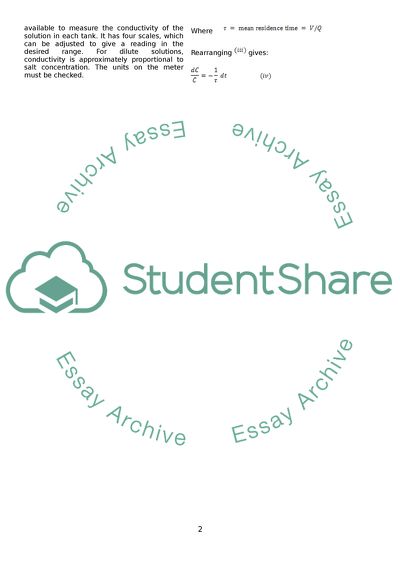Cite this document
(ContinuousStirred Tank Reactors Research Paper Example | Topics and Well Written Essays - 2000 words - 1, n.d.)
ContinuousStirred Tank Reactors Research Paper Example | Topics and Well Written Essays - 2000 words - 1. https://studentshare.org/engineering-and-construction/1800320-continuous-stirred-tank-reactors
ContinuousStirred Tank Reactors Research Paper Example | Topics and Well Written Essays - 2000 words - 1. https://studentshare.org/engineering-and-construction/1800320-continuous-stirred-tank-reactors
(ContinuousStirred Tank Reactors Research Paper Example | Topics and Well Written Essays - 2000 Words - 1)
ContinuousStirred Tank Reactors Research Paper Example | Topics and Well Written Essays - 2000 Words - 1. https://studentshare.org/engineering-and-construction/1800320-continuous-stirred-tank-reactors.
ContinuousStirred Tank Reactors Research Paper Example | Topics and Well Written Essays - 2000 Words - 1. https://studentshare.org/engineering-and-construction/1800320-continuous-stirred-tank-reactors.
“ContinuousStirred Tank Reactors Research Paper Example | Topics and Well Written Essays - 2000 Words - 1”. https://studentshare.org/engineering-and-construction/1800320-continuous-stirred-tank-reactors.


